Better recovery for better recycling
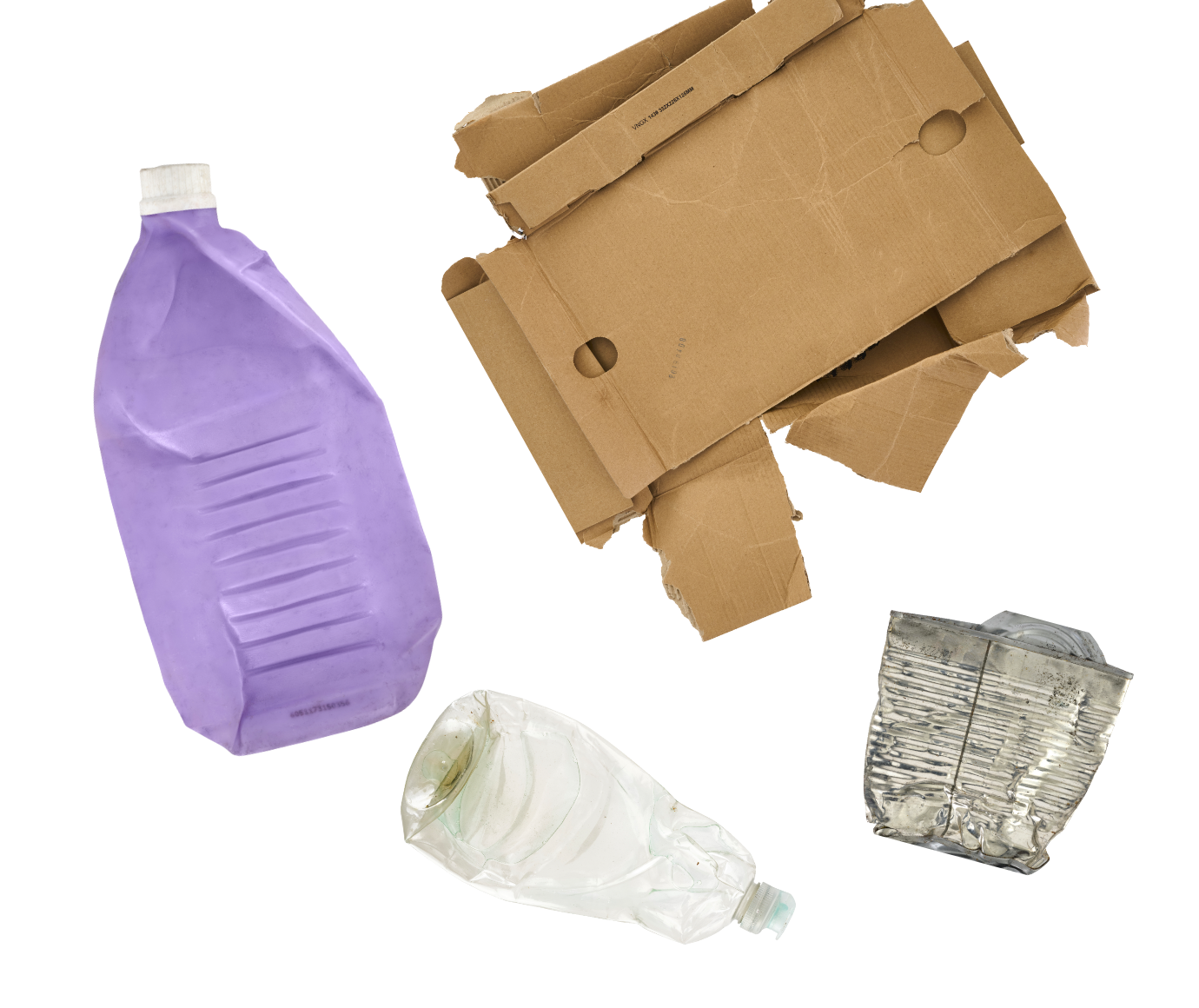
The difference between recovery and recycling
Recovery and recycling aren’t the same. Recyclable materials are roughly sorted and placed in the blue bin. Recycling is when the materials in our bin are transformed after the sorting centre. Recyclable materials are turned back into raw material and given a second life.
Containers, packaging, printed paper.
That's it.
Knowing what to put in the bin, isn’t complicated. is easy You only have to ask yourself: is it a containers, packaging, printed paper. Nothing else. Here are a few tips to spot them.
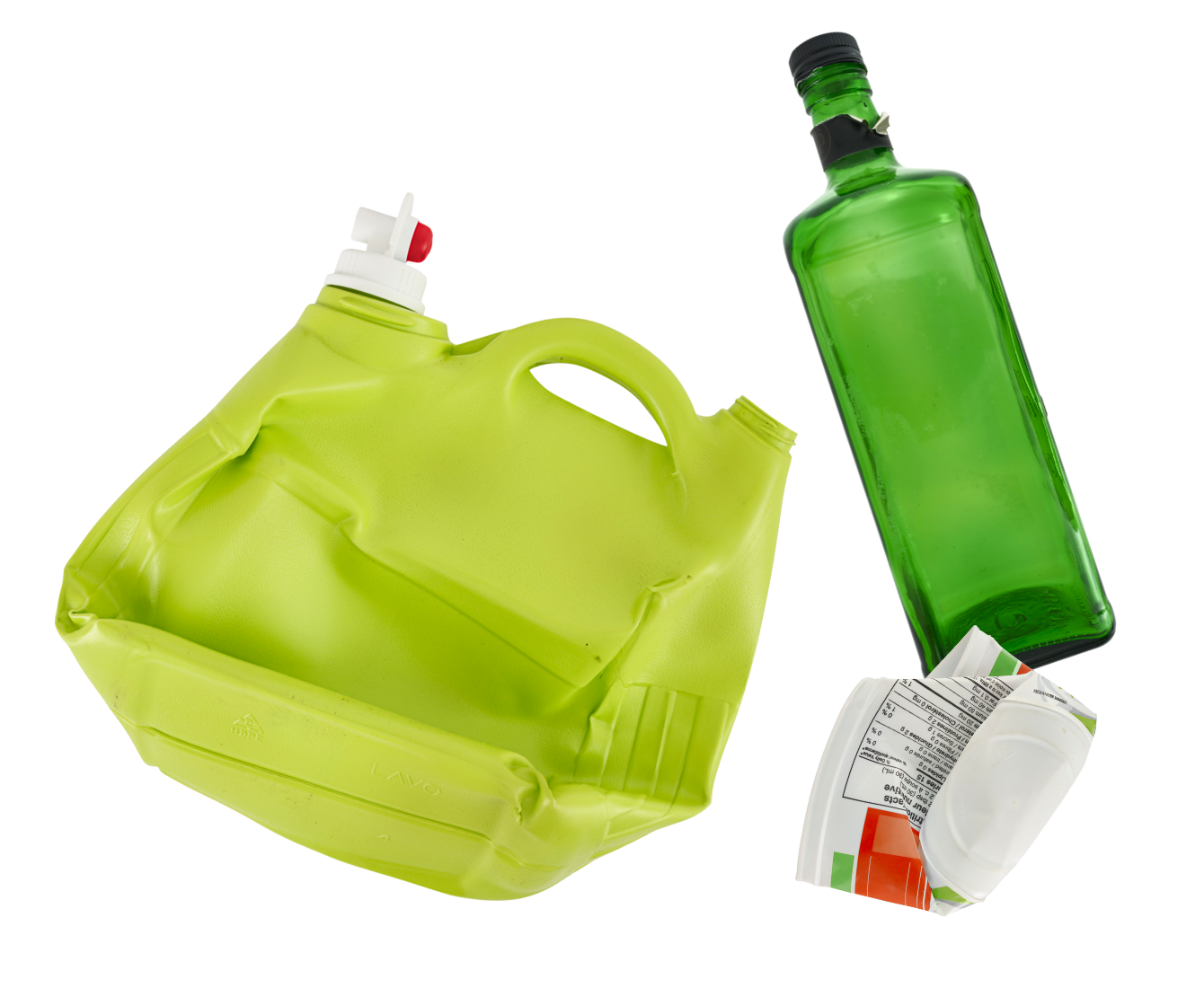
Containers

Flexible or rigid, containers can be made of paper, cardboard, glass, plastic or metal.
How to spot them: recyclable containers usually have a cap or lid.
Examples:
- Shampoo bottle
- Oil bottle
- Laundry soap container
- Sour cream container
- etc.
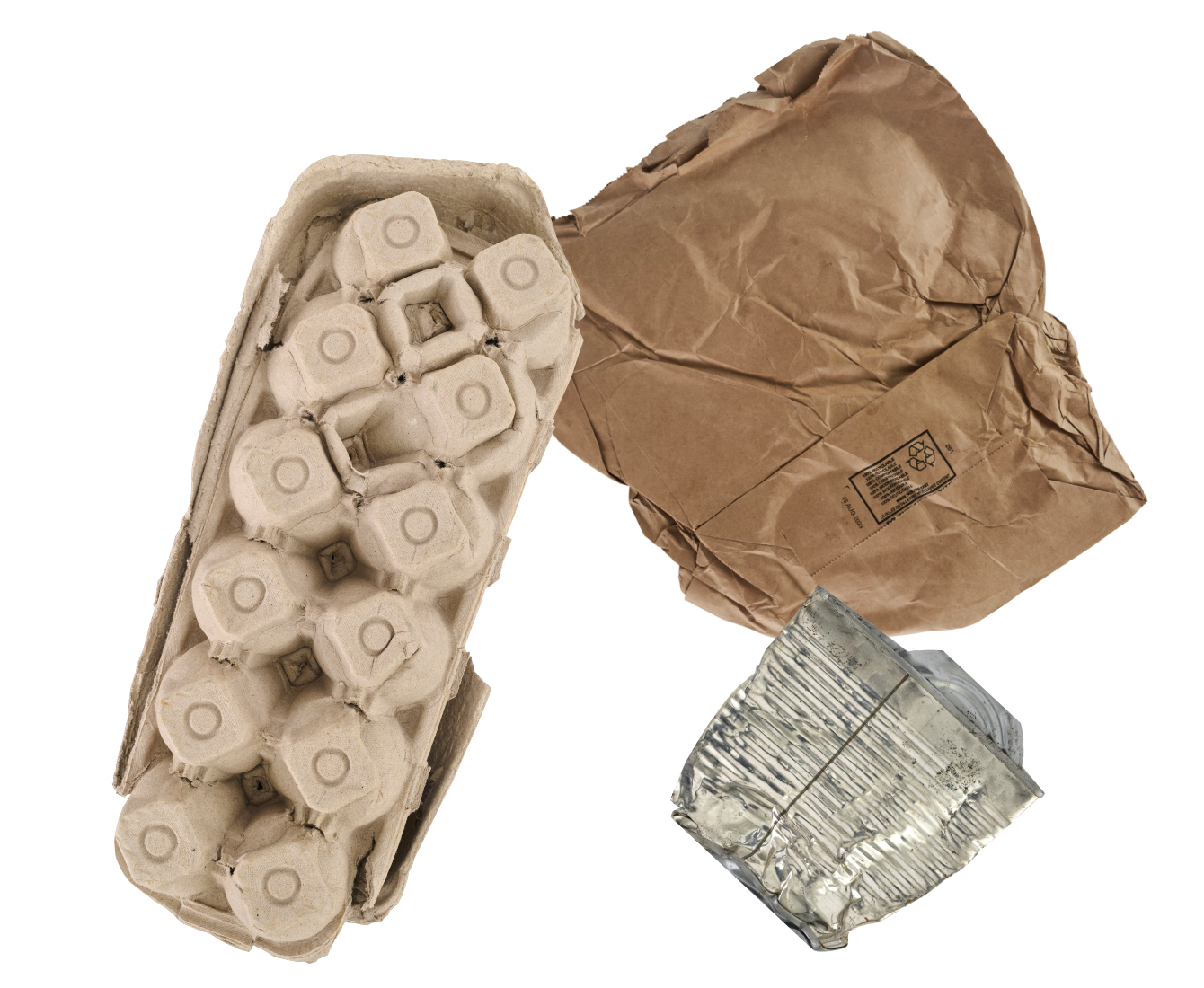
Packaging

Like containers, packaging items are made of paper, cardboard, plastic, glass or metal.
How to spot them: they’re used to easily transport a product.
Examples:
- Egg carton
- Fruit basket
- Canned food
- Paper bag
- etc.

Printed paper

These are papers and other fibres with texts, patterns or images can sometimes be found.
Examples:
- Newspapers
- Magazines
- Lined or squared paper sheets
- Envelopes
- etc.
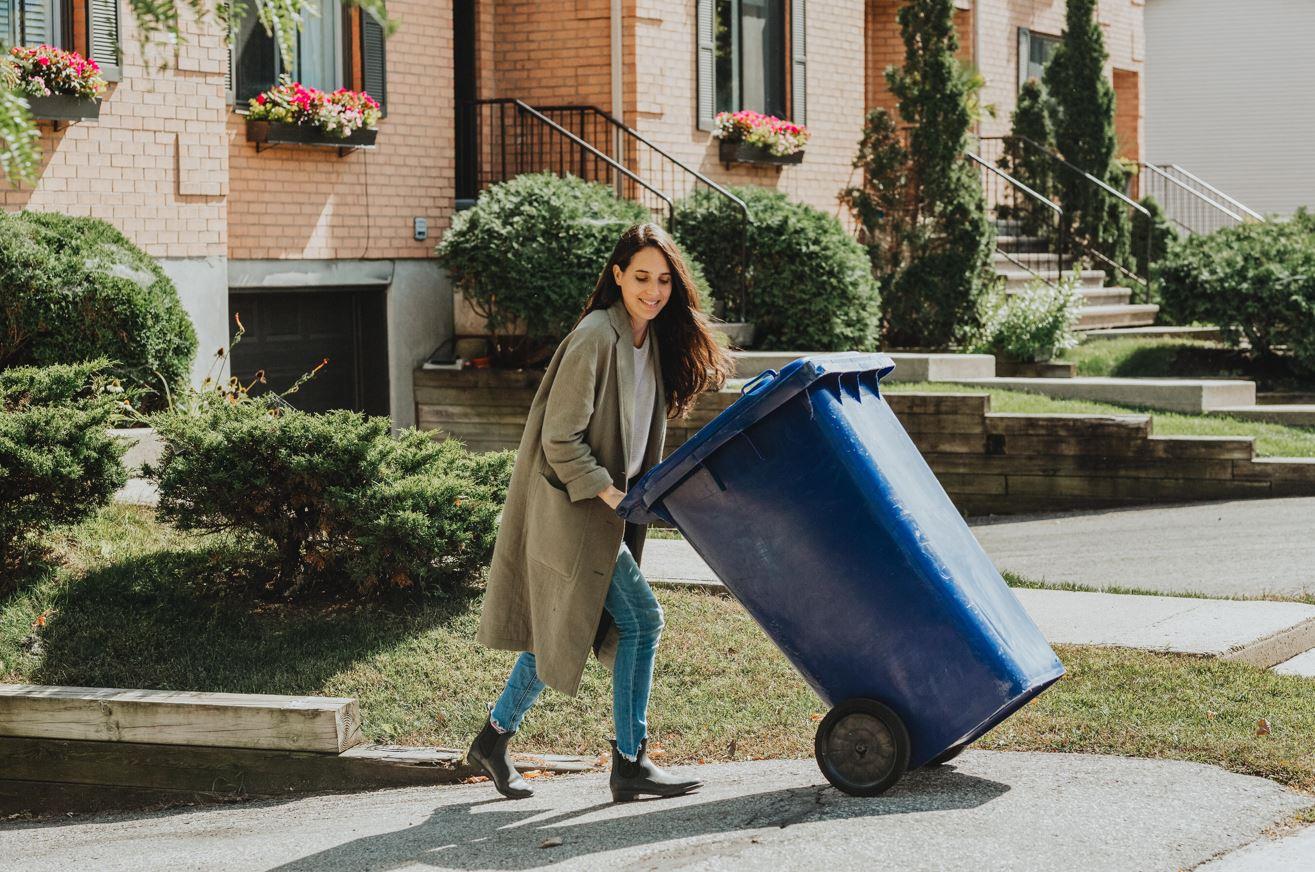
Everyone is responsible for their bin

Doing our part is choosing the right recyclable materials to put in the blue bin. This good sorting habit reduces the risk of problems and hazards at the sorting centre. It also directly improves the quality of the materials leaving the sorting centre to be recycled. That’s why we took note of some good and not-so-good things to do at home when you recover recyclable materials.
Good moves
Empty and rinse
Empty and lightly rinse containers and packaging before placing them in the bin. No need to fully wash them or put them in the dishwasher. A little splash of water does the trick.
Separate different materials from the same container or packaging
Recyclable materials arriving by collection truck must be separated from each other so that the sorting center's equipment and employees can do their job properly.
Some equipment attract metal, while others have fans to lift lightweight plastics. That's why we should remove the plastic film from a cookie or pasta box tin and the lid from the jam jar before putting them in the bin.
One exception to the rule: small caps (less than 2 inches in circumference) must stay on their original container to keep them from falling through the net.
Make aluminum paper balls
Remove any leftover food from the aluminum foil, roll it into a ball and place it in the bin.
Place materials in the bin separately
Place materials in the bin as they are. This makes them ready for collection and to be properly sorted at the sorting center.
Not-so-good moves
Soiled materials
Soiled materials can contaminate others, and generate unpleasant odours and mould. These conditions sometimes cause health problems for sorting centre employees. It’s always better to put dirty or greasy paper and cardboard in the compost. Other materials can be lightly rinsed and individually placed in the bin.
Don’t put one material inside another
There’s no time to open boxes or closed bags at the sorting centre. We only open the bags provided by certain municipalities for the recovery of containers, packaging and printed paper.
Recycled materials that aren’t easily identifiable are harder to sort. Prevent this problem and optimize the sorting system by putting each recyclable material directly into the bin, but not one inside another.
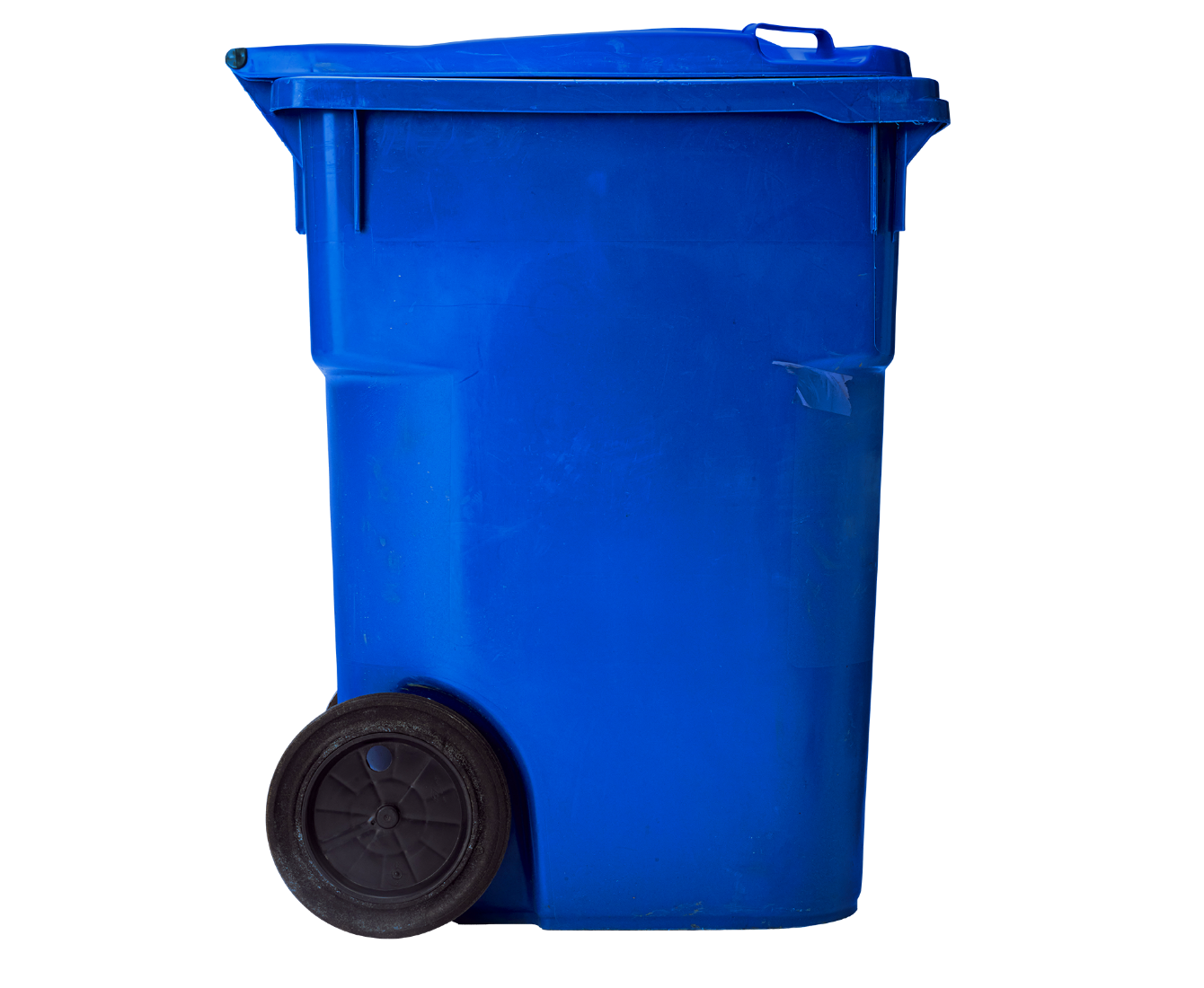
When the bin is full, let’s go a bit further.

How? Make sure that the bin is well placed and accessible for collection trucks. (This may vary from one municipality to another, if in doubt, be sure to check with them).
Also make sure to properly close the bin to prevent water and snow buildup. Soggy materials are harder to recycle. In Québec’s climate, it’s worth a double verification.
To learn more about curbside recycling in your area
As curbside recycling modernizes, the system’s stakeholders will collaborate to create a standard list of all recyclable materials, identical across Quebec.
In the meantime, to learn more about recyclable materials or the curbside recycling schedule in your area, visit your municipality’s website.
Does my bin really have an impact?
What’s put in the blue bin can have a big impact. Let’s do our part so our bin has a positive impact on the circular economy.
When in doubt, see the app
The “Ça va où?” app is your ally for better recovery at home. Download it so your bin can make a positive impact.